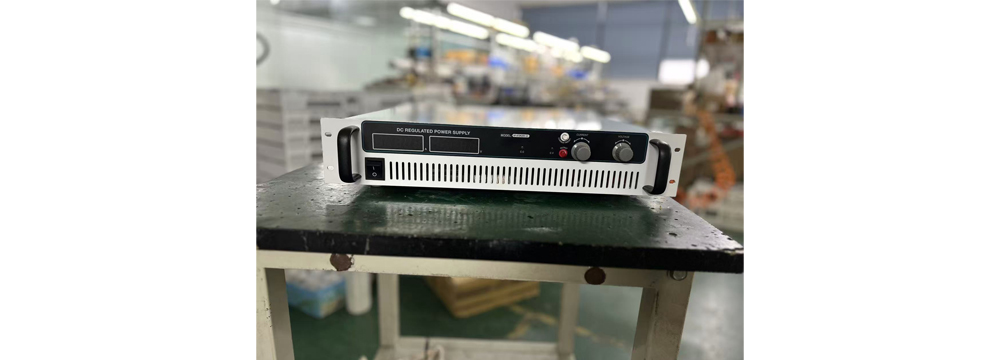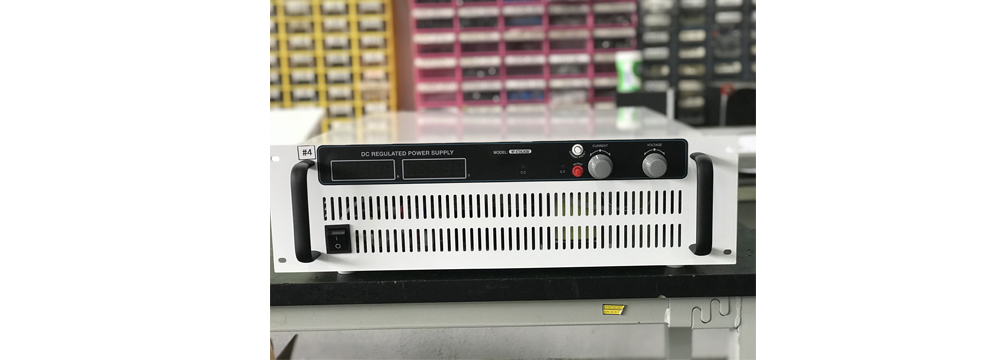Adjustable power supplies are used in various fields, but they can also experience malfunctions and problems during use. When the voltage or current of an adjustable power supply fails to adjust, we often assume the power supply is faulty. So why can't it be adjusted? What causes the device to malfunction?
This article will help you understand the common causes of adjustable power supply voltage/current adjustment failures and teach you how to troubleshoot step by step.

Adjustable power supplies use high-frequency modulation technology. The main principle is to widen the original voltage and current range of the switching power supply, achieving a wide range of voltage and current adjustment, which has led to its wider application. For beginners in the power supply industry, many basic power supply concepts are not yet clear, such as constant voltage, constant current, and the basic definition of adjustable power supplies. Here's a detailed analysis of several reasons why an adjustable power supply might fail to boost voltage:
1. Voltage present but no current, or current present but no voltage.
We often find that machines have voltage but no current, or current but no voltage, yet they still operate normally. Why does this happen? In this case, the operator must check if the machine's load is correctly connected, if the load is faulty, short-circuited, or otherwise malfunctioning, and if the load is being used according to specifications, etc.
For example, if the power supply has voltage but the load wire is broken, the current input will naturally be zero. Similarly, if the power supply has current but the load is short-circuited, the output power will definitely be zero.
2. When adjusting voltage, do not adjust the no-load voltage.
Some people like to turn the "current adjustment" potentiometer all the way to the left, thinking that this will adjust the no-load power supply voltage. This is incorrect and has the opposite effect. This shows a lack of clear understanding of "power supply adjustment." Even when the power supply is in a no-load state, it still uses current, albeit a very small amount. If the "current adjustment" is turned to zero, no current is released, and the voltage will not rise. Therefore, the "current adjustment" should generally not be set to zero; adjusting it only a quarter turn to the right is sufficient.
3. The power supply has both voltage and current outputs. Adjusting the power supply will prevent the voltage from increasing. Alternatively, a power supply may have both current and output voltage. If you want to increase the current, you cannot increase the current.
This is because the driver is not clear about the terms "constant voltage" and "constant current." If the "constant voltage" light is on, it indicates that the power supply is operating in a constant voltage state (voltage can be considered the active factor). In this case, the current effect is determined by the load, not by the user (current can be considered passive). However, turning the "current adjustment" switch to the right will not increase the current output, but turning the "voltage adjustment" switch to the right will increase the output voltage and the current output accordingly. (Voltage is primary, current is secondary).
Similarly, if the "constant current" light is on, it indicates that the power supply is operating in a constant current state. In this case, the voltage is not determined by the rotation but by the load. Only when the "current" button is adjusted will the output current change, and the voltage will change accordingly. (Current Master, Voltage Slave)

To adjust voltage and current, we need to understand whether the power supply is in constant voltage or constant current mode. This allows us to adjust the voltage and current accordingly, thus increasing the desired level.
In short, we need to understand the master-slave relationship. In "constant current" mode, the power supply adjusts the current; in "constant voltage" mode, it adjusts the voltage to change the voltage and current in the load.
External Factors
Besides the power supply itself, external factors can also affect adjustable power supplies.
1. Large fluctuations in the input voltage can cause the power module to be unable to accurately control the output voltage. This can also lead to abnormal machine operation. Maintaining a normal and stable external environment for the power supply is crucial to ensure input stability.
2. The load devices connected to the power supply can also affect voltage regulation. Impedance mismatch or changes in power consumption of the load devices can cause the power supply to automatically adjust the output voltage to maintain stable power supply. We need to understand the power requirements and characteristics of the load devices and select a matching power supply. Mismatch will cause the machine to malfunction; choosing a good power supply is key to normal operation.
3. When faced with the problem of a power supply that cannot adjust the voltage, we need to comprehensively consider various possible causes and take targeted solutions based on the actual situation. Proper operation and maintaining a good operating environment are crucial during power supply use, and regular inspection and maintenance are effective means of preventing problems. For more complex problems, seeking professional help is undoubtedly a wise choice.
The above is a preliminary exploration and solution to the problem of adjustable DC power supplies that cannot adjust the voltage. In practical applications, further analysis and handling are needed based on specific circumstances.
Choosing a good power supply can greatly improve work efficiency and success rate. Zhaoxin Power, GW Instek, ITECH, Antex, and Galesun are some of the better companies.
If you are still troubled by various "strange phenomena" of power supplies, you might want to try our power supply products designed for professional engineers. Clear, powerful, safe, and reliable, making it the most capable assistant on your workbench.
Share our interesting knowledge and stories on social media













